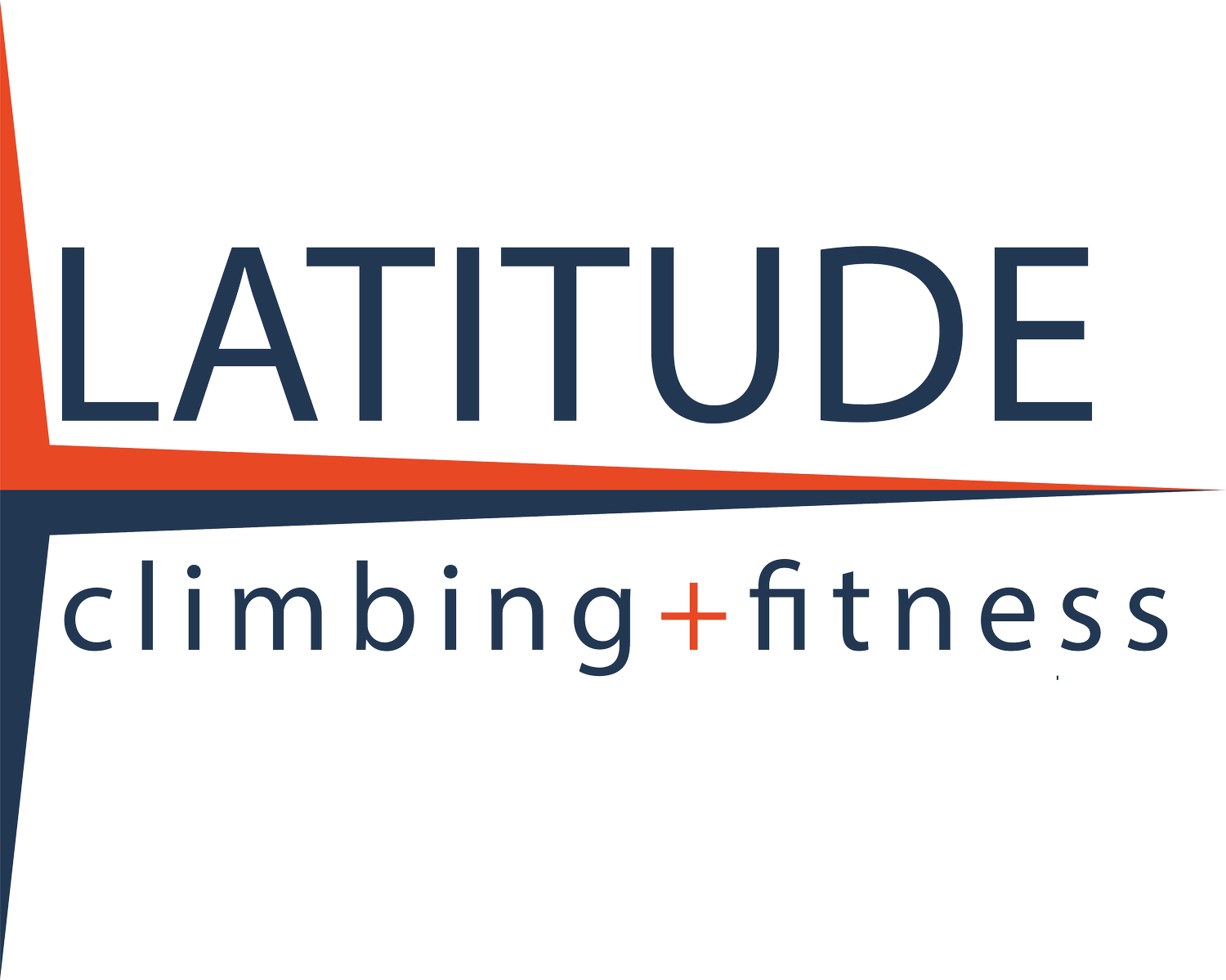Speed Climbing at Latitude
Speed climbing is a sport where milliseconds make a difference. The slightest misstep, the slightest mistake, can cost you the competition. No one knows this better than Latitude member and competition climber Thomas Pitzel. Sporting a 6.88 second send of the 15 meter speed wall and a youth national record 4.20 second send of the 10 meter wall, Thomas has been climbing for over 10 years. We spoke with him to gain some insight into the lesser practiced discipline of climbing.
“Of course it helps to be more powerful and dynamic…” Thomas said, thinking of the most important skills for a good speed climber, but “a lot of it is, in my opinion, how fast you can cycle through.” Being able to climb in a continuous coordinated and dynamic motion is essential for shaving precious seconds off your time. When training for speed climbing competitions, Thomas focused on this essential skill, noting that his exercises focused largely on coordination and dynamic movements, as well as contact strength. As a speed climber, you “need to have a kind of body awareness, proprioception of all your limbs,” Thomas said. He found this to be a more essential skill than sheer strength. “A lot of it is just big moves and then being able to pull yourself in right away.” These big moves are just one aspect of what make the speed route set challenging to newcomers.
In speed climbing competitions, the route set is standardized. Around the globe, everyone is competing on the same route. As competitors know the route ahead of time, it all comes down to perfecting the sequence. Though the route doesn’t have an official grade, it is estimated to be around 5.10 in the yosemite decimal scale. “The actual route, I wouldn’t try until you can climb 5.10 to 5.11,” Thomas recommends. But he explained you can start practicing much sooner if you’re interested in the sport: “take some jug holds, almost like a ladder… and paddle through them as fast as you can… They don’t have to be necessarily super easy, but the holds should be generally positive, downfacing, and spaced moderately far apart.” Practicing on other routes will allow you to build the coordination and fluidity needed for the competition route. Thomas also recommends watching others climb and integrating yourself into the speed climbing community, “not a lot of people have found it on their own… and gotten good without, in some way, interacting with others.”
There will be plenty of opportunity to get involved in the speed climbing community at Latitude’s brand new Virginia Beach location, opening in just a few short weeks. The gym will feature a competition grade 15-meter speed wall. And if you’re still trying to work your way up to the competition set, there will be 16 autobelays in rotation, providing an ample set of routes to practice on. If you’ve never tried speed climbing, now is the perfect opportunity to expand your skill set! For updates on the new gym check out our website and stay tuned to our instagram and facebook.
